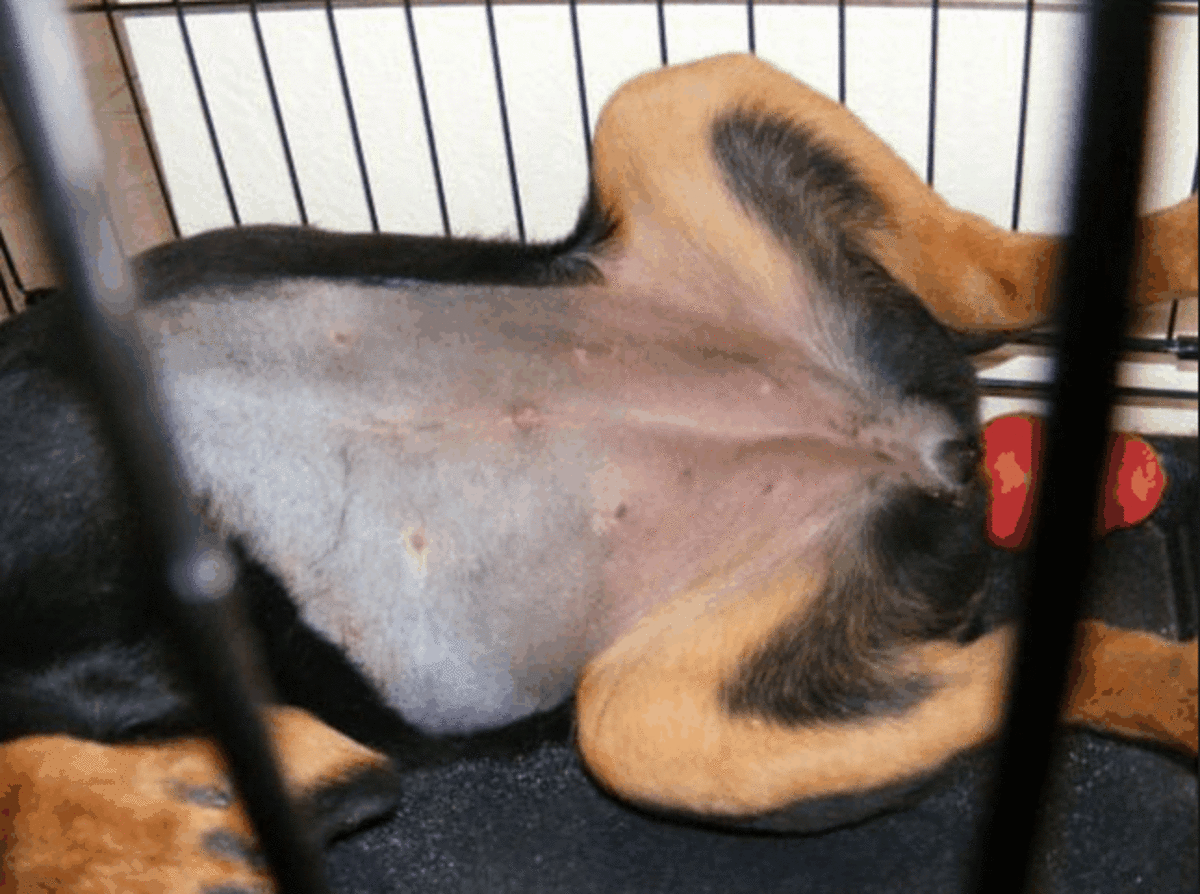Bringing your dog home after her spay surgery is a big step. You’re naturally concerned about her recovery and want to ensure everything goes smoothly. This guide will empower you to recognize potential problems and provide the best possible care for your furry friend during this crucial time.
Is My Dog Recovering Normally? A Post-Spay Checklist
This checklist will help you differentiate between typical post-operative behaviors and warning signs that require veterinary attention.
Normal Post-Spay Behaviors:
- Mild Discomfort: Your dog will likely experience some tenderness around the incision area. Think of it like a mild bruise – a little sore, but nothing too alarming. She might lick at it occasionally, but excessive licking should be discouraged.
- Decreased Appetite: It’s normal for dogs to skip a meal or two, or eat smaller portions, after surgery. As long as she’s drinking water and showing some interest in food within a day or two, there’s probably no need to panic.
- Increased Sleepiness: Anesthesia and surgery can be tiring! Expect your dog to spend more time dozing for the first couple of days. This lethargy is usually temporary.
- Slight Swelling/Bruising: Some minor swelling and bruising at the incision site are part of the natural healing process.
Not Normal (Warning Signs):
Use this checklist to monitor your dog closely. If you notice any of these warning signs, contact your veterinarian immediately.
- [ ] Heavy Bleeding or Discharge: A little oozing around the incision is normal, but continuous bleeding, a significant amount of blood, or a thick, pus-like discharge requires immediate veterinary attention.
- [ ] Persistent Lethargy: Is your dog still extremely sleepy and unresponsive several days after surgery? While some tiredness is normal, excessive lethargy could indicate an underlying issue.
- [ ] Refusal to Eat or Drink: A decreased appetite is one thing, but a complete refusal to eat or drink, especially for more than 48 hours, is concerning.
- [ ] Vomiting or Diarrhea: These can indicate reactions to medications or infections. If persistent, contact your vet.
- [ ] Pale Gums: Pale, grayish, or white gums could suggest internal bleeding, a medical emergency.
- [ ] High Fever (Over 103.5°F/39.7°C): A high fever usually signals an infection.
- [ ] Labored Breathing: Difficulty breathing can indicate several serious complications.
- [ ] Incision Site Problems: Excessive redness, swelling, heat, a foul-smelling discharge, or if the incision opens up, requires prompt veterinary care.
- [ ] Sudden Behavioral Changes: Sudden, drastic changes (withdrawal, aggression, unusual anxiety) can sometimes indicate a problem.
Caring for Your Dog After Spaying
Incision Care:
- Cleanliness: Gently clean the area around the incision twice a day with a warm, damp cloth, as instructed by your vet. Avoid soaps or ointments unless specifically recommended.
- Protection: An Elizabethan collar (the “cone of shame”) is essential to prevent licking or chewing, which can introduce bacteria and disrupt healing.
Pain Management and Nutrition:
- Medication: Administer prescribed pain medications exactly as directed by your vet.
- Diet: A bland, easily digestible diet can be helpful for a few days after surgery.
Activity Restriction:
Limit your dog’s activity for 7-14 days, following your veterinarian’s specific recommendations. No running, jumping, or rough play. Gradually increase activity levels as your dog heals.
Potential Complications (and When to Worry)
While rare, complications can occur. Familiarize yourself with these possibilities:
- Infection: Signs include redness, swelling, pus, and a foul odor at the incision site.
- Hemorrhage (Internal/External Bleeding): This is a life-threatening emergency requiring immediate veterinary intervention. Pale gums, weakness, and rapid breathing are potential signs.
- Seroma: A fluid-filled pocket near the incision. Small seromas often resolve on their own, but larger ones may need to be drained.
- Dehiscence (Incision Opening): This requires immediate veterinary attention and may necessitate re-suturing.
- Spay Incontinence (Later Onset): Urine leakage, especially when relaxed. While not life-threatening, it requires veterinary management.
Worried About Your Dachshund’s Post-Spay Recovery?
Even with the best care, some breeds may have unique recovery needs. If you’re concerned about your dachshund specifically, or curious about why some consider them a challenging breed, you might find this article insightful: why dachshunds are the worst breed.
When in Doubt, Contact Your Vet!
This guide provides general information, but your veterinarian is the best source of advice for your individual dog. Don’t hesitate to contact them if you have any concerns about your dog’s recovery – even if it seems minor. Early intervention can make a significant difference.
- Unlock Water’s Symbolism: A Cross-Cultural Exploration - April 20, 2025
- Identify Black and White Snakes: Venomous or Harmless? - April 20, 2025
- Unlocking Potential: Origins High School’s NYC Story - April 20, 2025















